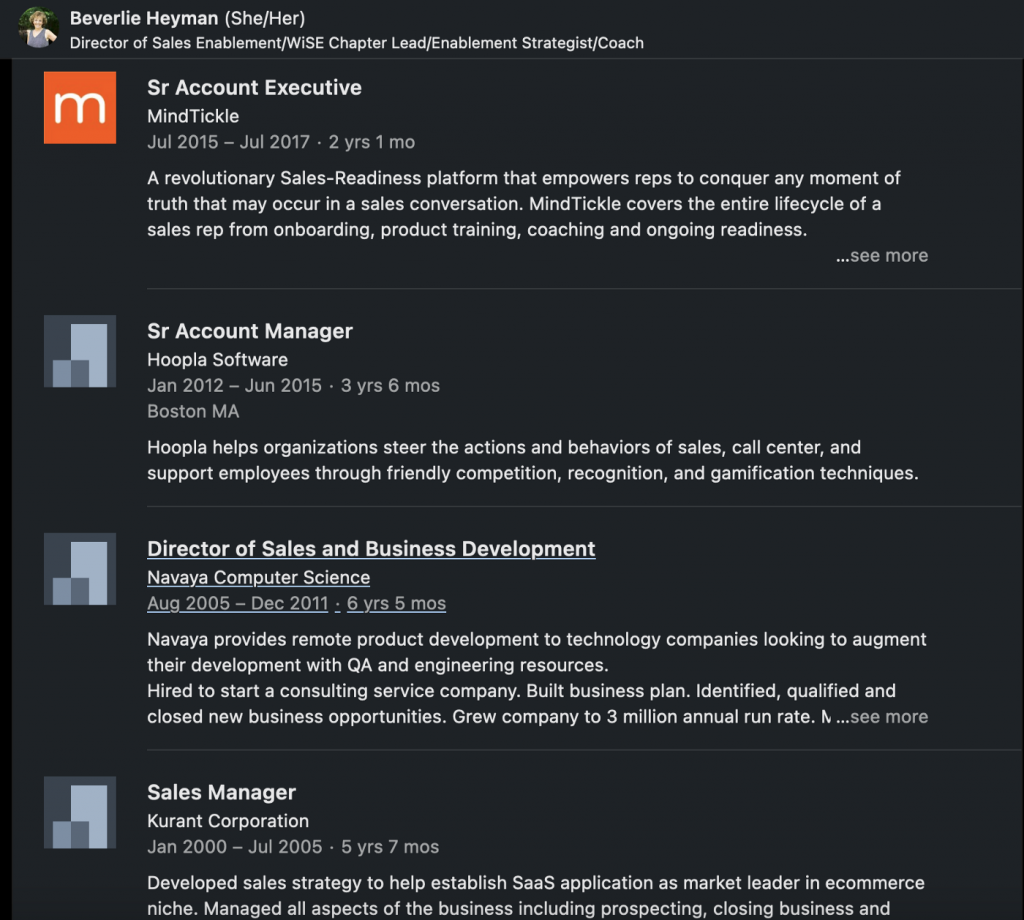
Why are we talking about hiring a US salesperson? Over the past few years, Indian Saas companies have raised capital and scaled at dizzying speeds. Once companies start growing, they realize that there is a large market that exists outside India’s shores. To truly understand how to tap into the market, companies need to know when and how to hire a salesperson in the US.
But there is never a simple thumb rule or formula that is universally applicable. Let’s take an example. Browserstack. It managed to become a unicorn, expanded across the world without a field sales team. It practiced product-led growth even before PLG was an all-pervasive term in startup parlance. In contrast, at Mindtickle, we relied on a sales-driven motion right from day one and scaled up starting from a mid-market inside sales team and then added enterprise field teams to attain the scale the company is at today.
While running sales entirely from India or another offshore location is a possible approach, there are a few telltale signs that the approach is turning out to be sub-optimal for your company, or these could be simply reasons why you could consider adding a US sales team proactively.
Before founders even start to make this hire, they need to understand what their company is. Does it follow a marketing-driven trial-induced sales motion or does it need a sales motion? This is the first rider. Once this hurdle is cleared, entrepreneurs will need to think deeper about their sales cycle. There is no one-size-fits-all for entrepreneurs. There are nuances built into caveats. Entrepreneurs need to think about where they are in the journey.
Let’s say there is a SaaS company A with an end-user first GTM targeted at a self-serve loving persona such as a developer or marketer (think Browserstack). Company A’s products have an established category and their product offers a better, cheaper or simply superior/more advanced functionality. The sales team for the Company is going to need a sales team to provide air cover for an incoming deal on the website, and support to movement to larger/enterprise customers (larger deal sizes with multiple stakeholders involved)
Contrast that to a company B which is trying to create a new category or re-segment an existing category (think Mindtickle). The buyer persona is not clearly defined in the US, even though there may have been successes in India or scattered cases of remote selling or founder selling in the US. The ROI or business case needs to be established in order to create a new line item in the budget. Company B is likely to benefit from investing into a US sales person before Company A.
It is likely that Company A’s traction is serendipitous or thanks to introductions from investors. Now, there is a need to come up with a repeatable model. The company needs to cold call or email potential customers to test the personas and value proposition hypothesis.
The next step is then to create a profile of your ideal hire(s). Look at the Linkedin profile of ideal candidates and say, this is the kind of sales hire I need to make. During the process of putting together your ideal candidate profile, you eliminate your likely sources of dissonance. If the candidate has no startup experience and comes in expecting support, an existing engine, and a playbook, they’re going to be disappointed and you need to pass on those hires. You will find people who are in the same sector but have not worked at startups before. You need to validate if they have the mindset and the preparedness to be the first hire.
You’ll need to ascertain if:
When we started this process at Mindtickle, we read blogs about the wisdom of hiring two sales reps instead of one. I highly advocate this approach. We hired one from the industry and one not from the industry. One worked out, one didn’t. One was a remote hire in Boston providing us coverage of Eastern time zone and the second hire was local to us in the Bay Area.
Our first sales who performed remarkably well, and laid the foundation of sales success at Mindtickle, Beverlie, came from another startup from the same (sales tech) industry, but from an adjacent space. She also happened to be remote and the whole interview process took place over the phone.

In hindsight, her success had little to do with industry experience or location. It was the way she was wired. She was the first sales hire in her previous company and now she was the first at Mindtickle. She had a lot of tolerance for uncertainty. She had resilience for objections. You go on and pitch and people say, “Yes, but..”. Typically, salespeople get FAQs and common rebuttal questions. But she thought on her feet and when she couldn’t think of something, she brainstormed with us to find answers.
Her success was the foundation of our Series A. She was also the reason we could hire a very talented VP of sales because she could tell us what works and what doesn’t and not just take the founder’s word for it.
Our second sales hire impressed us in the recruiting process with a very methodical approach to sales. He outperformed and exceeded quota consistently. He educated us about his sales playbook for running large deals, CRM discipline and managing the pipeline. What we failed to identify during the recruiting process was that he had been driving most of his quota from expansion of existing accounts. Moreover, he joined us from a company that had reached a level of maturity and scale. He didn’t have to spend a lot of time and effort into pipeline generation.
Very soon, it was apparent that while Beverlie was focused on finding solutions and reaching out to her network to get us meetings, our other hire was urging us to buy tools and software to help him automate his work. Our second sales hire was lost in the details, while Beverlie could see the big picture.
And most importantly, when we lost a deal or had a setback, Beverlie was calling me several times a day to discuss what we could have done differently. Whereas, our other sales hire often withdrew into a shell.
We made a mistake by setting high quotas for our first sales hires. We used our engineering mindset and said founders can close deals worth $1M, she should be able to close deals worth $750K.
It’s a trap early-stage and first-time founders fall into. They set ambitious goals for their first sales hire. They should instead be generous. Because the success of that salesperson is your success. They will be the foundation of your sales team.
They evangelize your company not just to customers but also to potential hires. They get to say, “If I can succeed, so can you. And I am backed by the founders.”
Instead of looking at the quota, evaluate the ‘Land’. If the land is, say, $5,000-$10,000, then there is a chance they will be able to push deals. If it is a $50,000 land deal then it is a complex enterprise sale and your salesperson may be extracting the full potential. An indicator of knowing that your salesperson is working on a big deal is even though the pilot is small, there are legal processes involved. For example, is the customer giving you access to sensitive data? That means your salesperson has made a large breakthrough.
A good way to know if your salesperson is thinking fast is if they’re setting up legal and infosec compliance in parallel to negotiating the deal. Because if you run it sequentially, it can take up to five months sometimes. But if you run it in parallel, it could be done in two months.
At the end of the day, you need to be prepared for mistake. You need to be humble enough to know that you will make the wrong (fitting) hire. Several things could go wrong, you could hire the wrong profile, you could set too high a quota, you may not set the right buyer persona. And even when everything is right, the right hire may not stick around and may leave for greener pastures. The vagaries of startup life are such that there will always be some uncertainties. But don’t give up. Keep fine-tuning your process.
This is a two-part series. The second is more tactical. It talks about hiring tips, checklists, interview techniques, and how to run reference checks and compensation benchmarks when making that first hire in the US.
